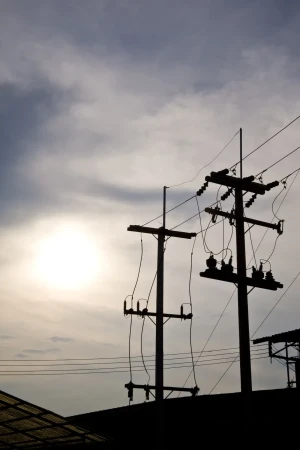New York City’s New Energy Policy

New York City unveiled a groundbreaking energy policy aimed at transforming the sustainability and efficiency of its buildings and facilities. This ambitious new initiative, designed to tackle energy emissions and enhance demand response capabilities, marks a significant leap towards the city's broader climate goals and positions it as a leader in urban sustainability.
Policy Overview
The newly introduced policy focuses on a comprehensive strategy to improve energy efficiency, reduce carbon emissions, and implement advanced demand response technologies across the city’s building stock. The initiative is a key component of New York City's broader effort to combat climate change and meet its targets for reducing greenhouse gas emissions.
Central to the policy is a mandate for all city-owned buildings and facilities to achieve significant reductions in energy consumption and emissions. The new rules require these buildings to cut their energy use by 20% and lower carbon emissions by 40% by 2030. To support these targets, the policy outlines a series of measures, including upgrades to building systems, adoption of energy-efficient technologies, and enhanced demand response strategies.
Focus on Energy Efficiency
One of the primary goals of the policy is to drive improvements in energy efficiency across the city's extensive portfolio of buildings and facilities. This involves retrofitting existing structures with modern, energy-efficient technologies such as LED lighting, high-efficiency HVAC systems, and advanced insulation materials. Additionally, new buildings will be required to meet stringent energy performance standards, ensuring that they are designed from the outset to be energy-efficient.
The policy also includes provisions for regular energy audits and performance monitoring. These audits will help identify opportunities for further improvements and ensure that buildings are operating at peak efficiency. By implementing these measures, New York City aims to significantly reduce its overall energy consumption and lower operational costs.
Emission Reduction Targets
Reducing carbon emissions is a critical component of the policy. The city’s ambitious targets are aligned with its broader climate goals, which include achieving carbon neutrality by 2050. To meet these targets, the policy mandates a transition to cleaner energy sources and the implementation of technologies that reduce emissions from heating, cooling, and other building operations.
In particular, the policy promotes the use of renewable energy sources, such as solar panels and wind energy, to power city buildings. It also encourages the adoption of low-carbon heating solutions and the integration of energy storage systems to further reduce reliance on fossil fuels and minimize emissions.
Enhancing Demand Response Capabilities
An innovative aspect of the policy is its focus on improving demand response capabilities. Demand response refers to strategies that adjust energy usage during peak periods to reduce strain on the grid and lower energy costs. The policy mandates the installation of advanced demand response systems in city buildings, which will enable real-time adjustments to energy consumption based on grid conditions and energy prices.
These systems will help manage energy use more effectively, contributing to overall grid stability and reducing the need for costly and polluting peaker plants. By optimizing energy use, New York City aims to create a more resilient and efficient energy infrastructure.
Implementation and Impact
The successful implementation of this policy will require a coordinated effort from various stakeholders, including city agencies, building owners, and technology providers. The city will provide guidance and support to facilitate compliance, and funding opportunities will be available to assist with the costs of upgrades and retrofits.
The policy is expected to yield substantial benefits for New York City, including lower energy bills, reduced carbon emissions, and improved building performance. It also positions the city as a model for other urban areas seeking to enhance sustainability and energy efficiency.
Conclusion
New York City's new energy policy represents a bold and comprehensive approach to addressing the challenges of energy consumption and emissions in urban environments. By setting ambitious targets for energy efficiency, emission reductions, and demand response, the policy not only advances the city’s climate goals but also sets a high standard for sustainable building practices. As New York City moves forward with these initiatives, it will likely inspire other cities to adopt similar measures, further advancing the global transition to a cleaner and more sustainable future.









